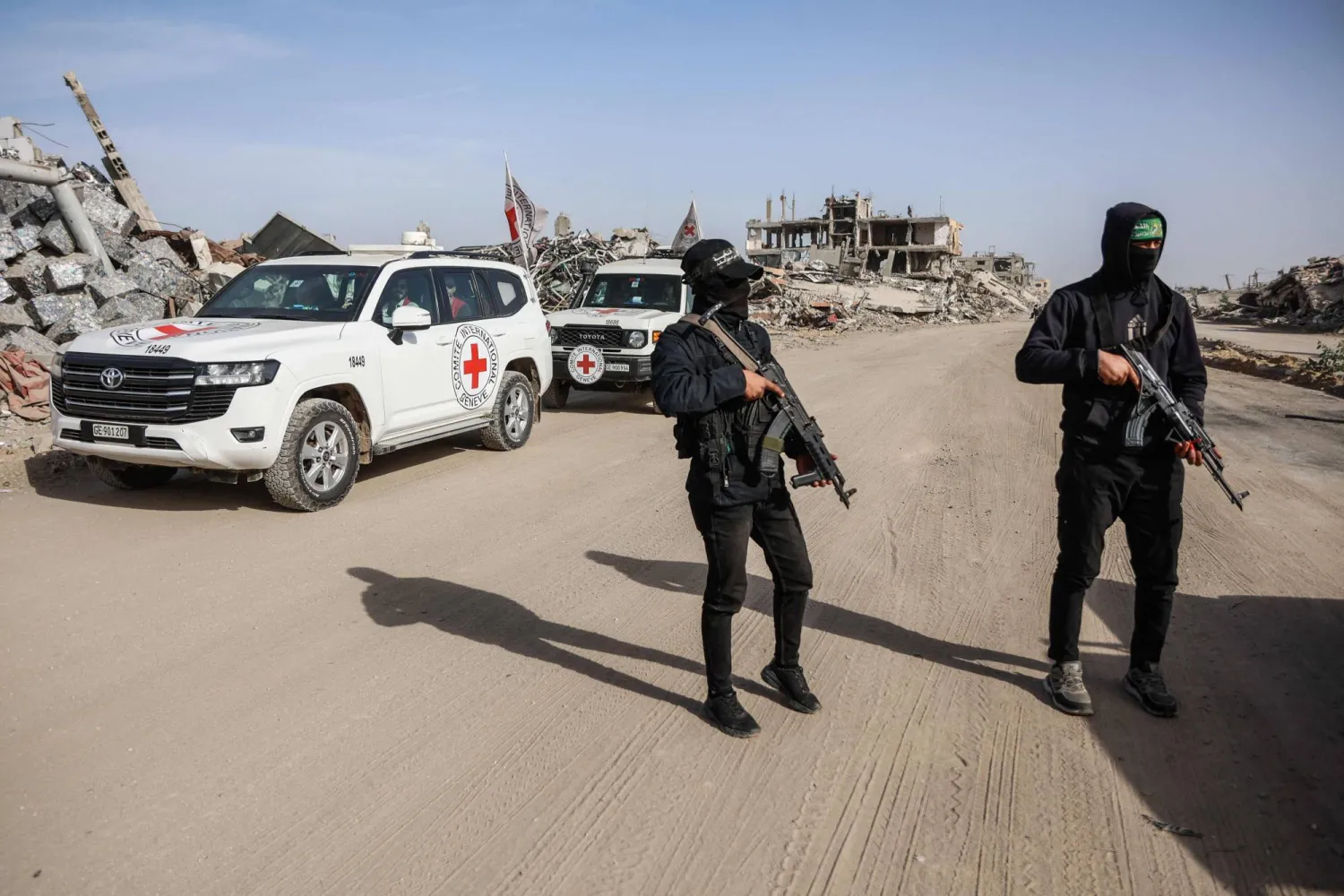Egypt has failed to persuade Ethiopia to accept the involvement of the World Bank as a neutral body in the technical negotiations to study the effects of the Renaissance Dam on the downstream countries (Egypt and Sudan), but is hinging on a tripartite summit with Sudan and Ethiopia to be held later this month on the sidelines of the African Union meetings in Addis Ababa.
Diplomatic sources told Asharq Al-Awsat that the coming period will witness understandings between the three countries, in light of statements by Egyptian President Abdel Fattah el-Sisi after receiving the Ethiopian prime minister last week, when he stressed that the Nile River will not be the cause for tension but an opportunity for cooperation and construction.
The sources stressed that Ethiopia’s reservation on the intervention of the World Bank in the negotiations was not a dead end, saying other initiatives could achieve a breakthrough in the file.
Dr. Zaki El-Beheiry, expert in dams and water resources at the Institute of African Studies, proposed some options for resolving differences. He told Asharq Al-Awsat that neutral countries with acceptable relations with the concerned parties, such as China or Germany, could be chosen as an alternative to the Egyptian proposal.
He also underlined the importance of the involvement of the Arab League or the African Union as a governing body with regard to controversial matters, such as the duration of filling the dam, which must not be less than seven years, while reducing its capacity, which should also not exceed 40 billion cubic meters.
Beheiry pointed out that these options could achieve the objectives and interests of the three countries in terms of alleviating risks and damages and warned that increasing the storage to 75 billion cubic meters – as planned by Ethiopia – might lead to the collapse of the dam.
Egypt Looks for Means to Resolve ‘Renaissance Dam’ Crisis at Addis Ababa Summit

A general view of Ethiopia's Grand Renaissance Dam, as it undergoes construction, is seen during a media tour along the river Nile in Benishangul Gumuz Region, Guba Woreda, in Ethiopia March 31, 2015. Picture taken March 31, 2015. REUTERS/Tiksa Negeri

Egypt Looks for Means to Resolve ‘Renaissance Dam’ Crisis at Addis Ababa Summit

A general view of Ethiopia's Grand Renaissance Dam, as it undergoes construction, is seen during a media tour along the river Nile in Benishangul Gumuz Region, Guba Woreda, in Ethiopia March 31, 2015. Picture taken March 31, 2015. REUTERS/Tiksa Negeri
لم تشترك بعد
انشئ حساباً خاصاً بك لتحصل على أخبار مخصصة لك ولتتمتع بخاصية حفظ المقالات وتتلقى نشراتنا البريدية المتنوعة







